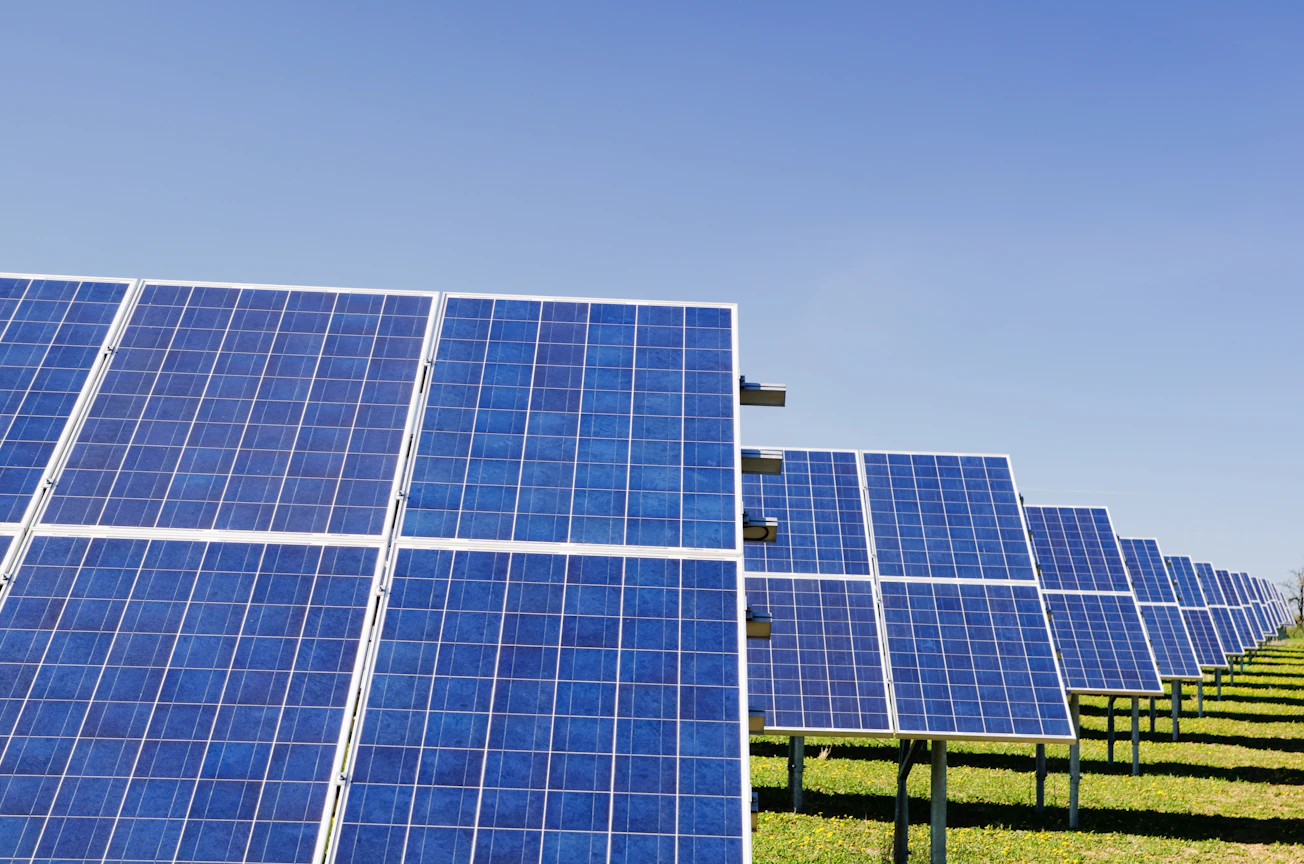Kentucky and Louisville are quietly going green in a trend you might call trickle-up environmentalism.
The latest data point on that path came September 18 when two dozen people Zoomed together to start crafting plans that would dramatically ramp up solar energy in Louisville. Activists at the meeting described ways to reach that goal –like building a 500-acre solar installation; introducing a resolution at an LG&E shareholder meeting; and working with the state Public Service Commission to make Louisville a more solar-friendly place.
If those objectives sound pie-in-the-sky, consider what organizers have already done. In February of last year the Louisville Metro Council passed a resolution setting a goal for every person and business in Louisville to be getting all their energy from renewable sources by 2040. That resolution also sets interim steps of clean energy providing all the electricity for Metro government operations by 2030 and for all Metro government energy, not just electricity, by 2035.
Extraordinary clean-energy resolution
It’s an extraordinary declaration that came after a year-and-a-half of citizen organizing. The campaign began with a downtown rally that led to regular attendance at Metro Council sessions, meetings with individual Council members, and an appearance by the energy manager from the city of Cincinnati which had already passed a similar resolution.
And Cincinnati and Louisville are not alone by a long shot. As climate-change debates rage from Washington, D.C., to China, clean-energy resolutions have bubbled up in about 200 cities in the U.S.
The group behind the Louisville resolution is the 100% Renewable Energy Alliance of Louisville, or REAL. And for REAL, the Metro Council’s resolution is just the starting gun. The resolution doesn’t have the force of law, so making sure it gets implemented is crucial, and that’s why REAL held the September 18 Zoom event.
This was actually the fourth quarterly event aimed at encouraging the city to follow through on the resolution. Last fall REAL partnered with two other groups determined not to let politics or the pandemic slow progress toward clean energy – Kentucky Interfaith Power & Light, and Christian Action, a group of members of St. Paul United Methodist Church in Louisville (full disclosure, I’m a member of the Christian Action group.)
They dubbed the quarterly events “REAL Good News.” The first was held last fall and included a report on the group’s appearances at Metro Council meetings urging the city to hire an energy manager – which it has done.
The September 18 REAL Good News took a deep dive into the realities of what event organizers consider the strongest option for meeting the clean energy goal—solar power.
Overcoming solar energy obstacles
Speakers described the choices in solar energy — from rooftop to large-scale — as well as the obstacles. At the top of those barriers is the fact that electricity is a monopoly, in Louisville distributed exclusively by LG&E, and that it is regulated by the state.
Sam Avery of REAL outlined a proposal by REAL for a 500-acre solar installation that could provide a large share of the electricity to meet the 2040 renewable goal.
Elisa Owen with Kentucky Interfaith Power & Light said the organization is exploring ways to present a resolution to an LG&E shareholder meeting that would call on the utility to be more open to providing renewable-based electricity.
Lane Boldman with the Kentucky Conservation Committee told the meeting that merchant solar plants are appearing across Kentucky. She said there are 28 solar applications being reviewed by the Kentucky Electric Generation and Transmission Siting Board, with more on the way.
Boldman said her group is working with local communities about sometimes conflicting concerns over zoning and land use issues related to large solar installations.
Andy McDonald with the Kentucky Solar Energy Society described in detail the costs and benefits of a plan for a 150-acre solar installation in Franklin County.
Cathy Clement with the Kentucky Solar Advocacy Network detailed that group’s work to present the benefits of renewable energy to the state Public Service Commission, which makes decisions on issues like how much a residential rooftop solar owner should be compensated by the utility for excess electricity produced by their solar panels. PSC members are appointed by the governor, so with expectations that the current governor will be more sympathetic to renewable energy, Clement said, “Now is the time to strike.”
The next REAL Good News event will be held in early December. Past events can be watched on the Kentucky Interfaith Power & Light YouTube page.
--30--







